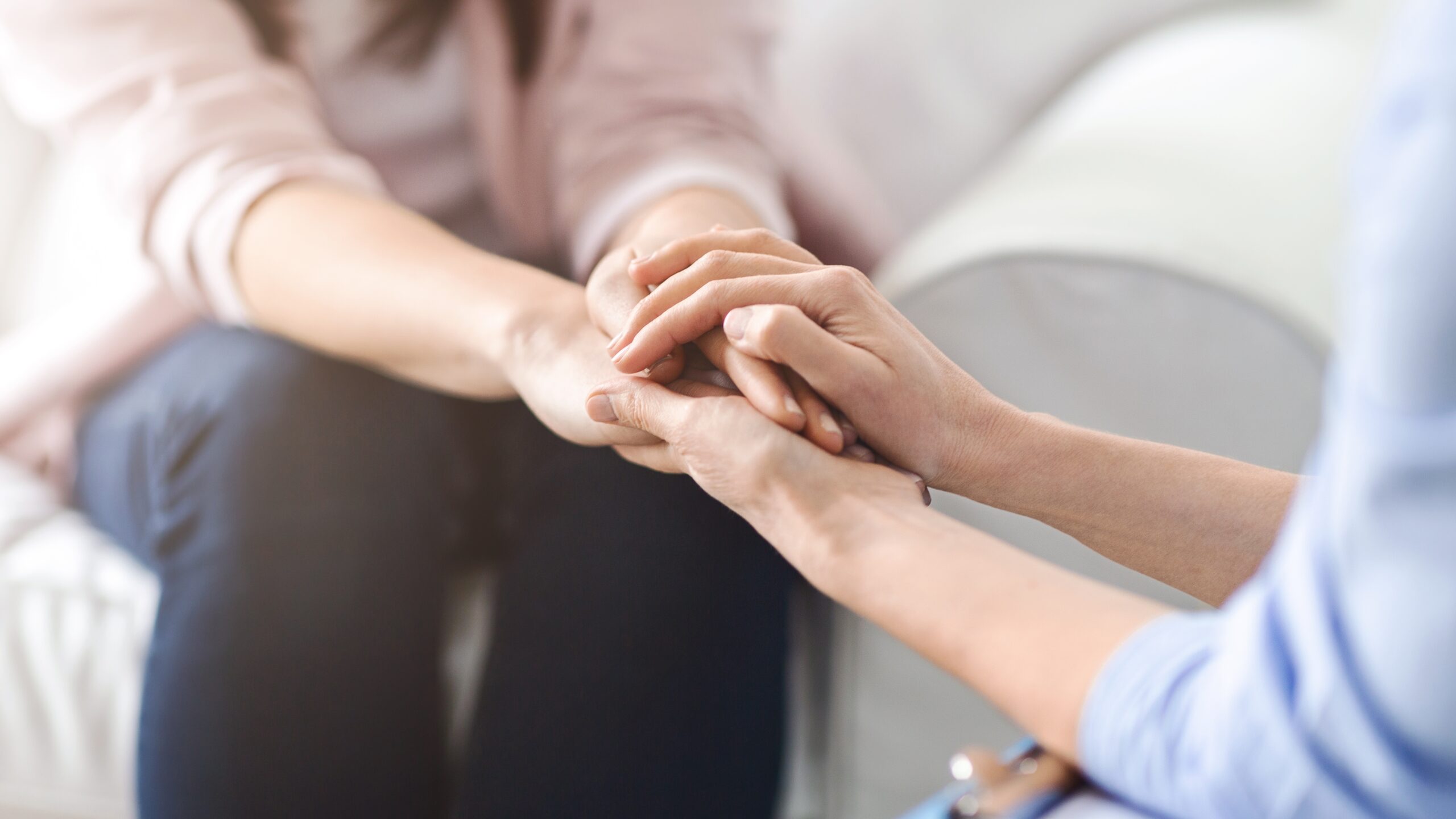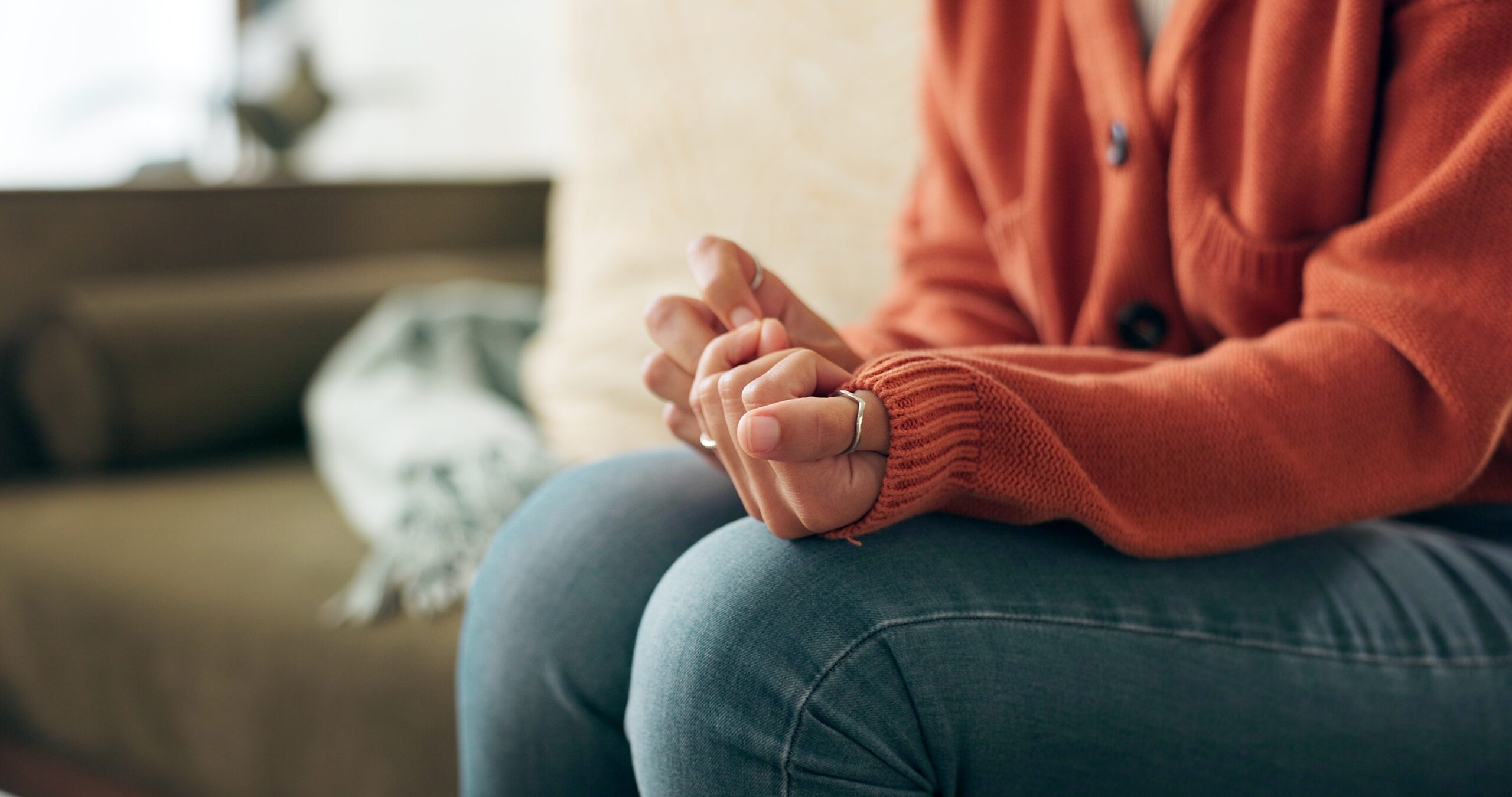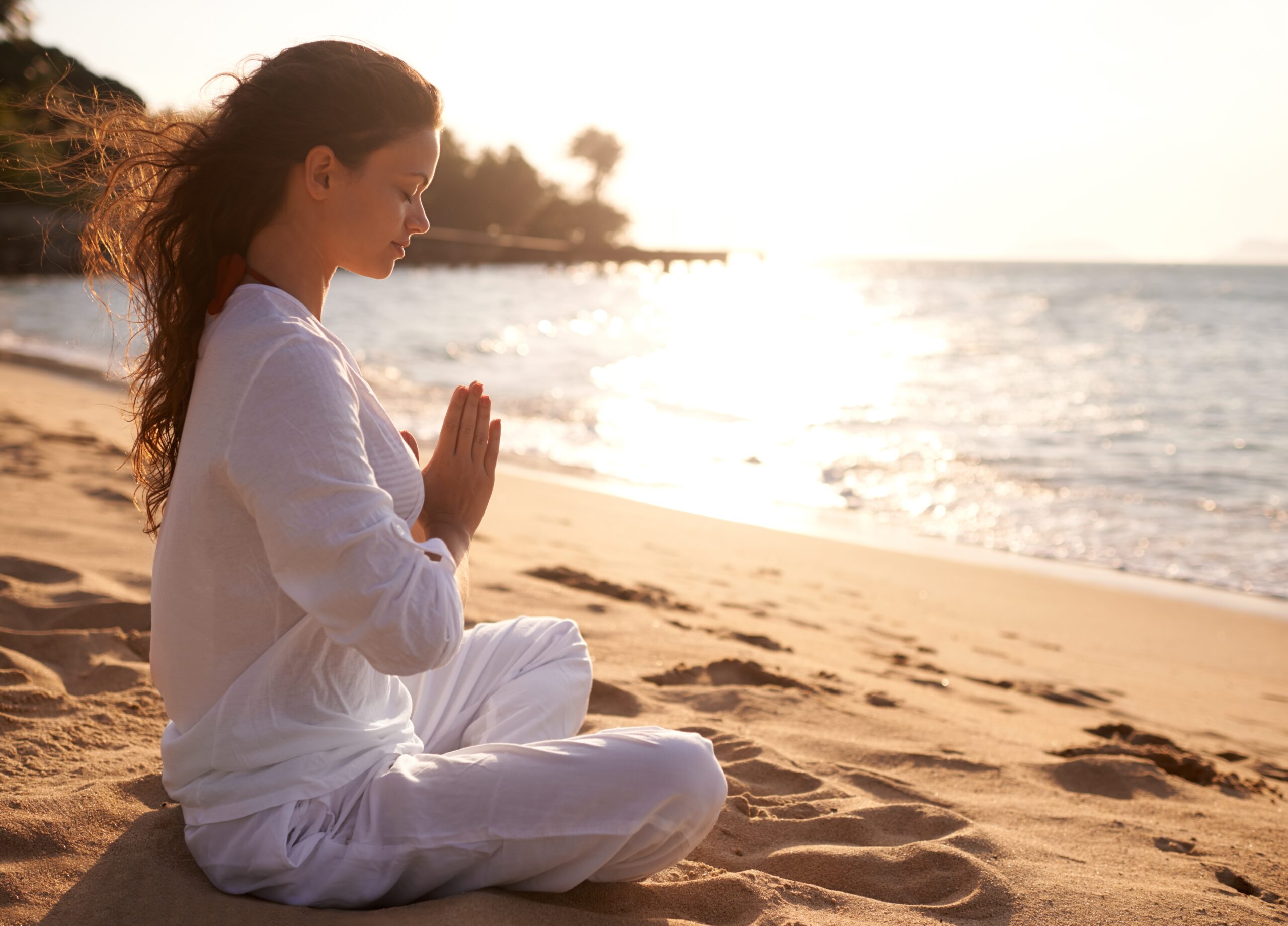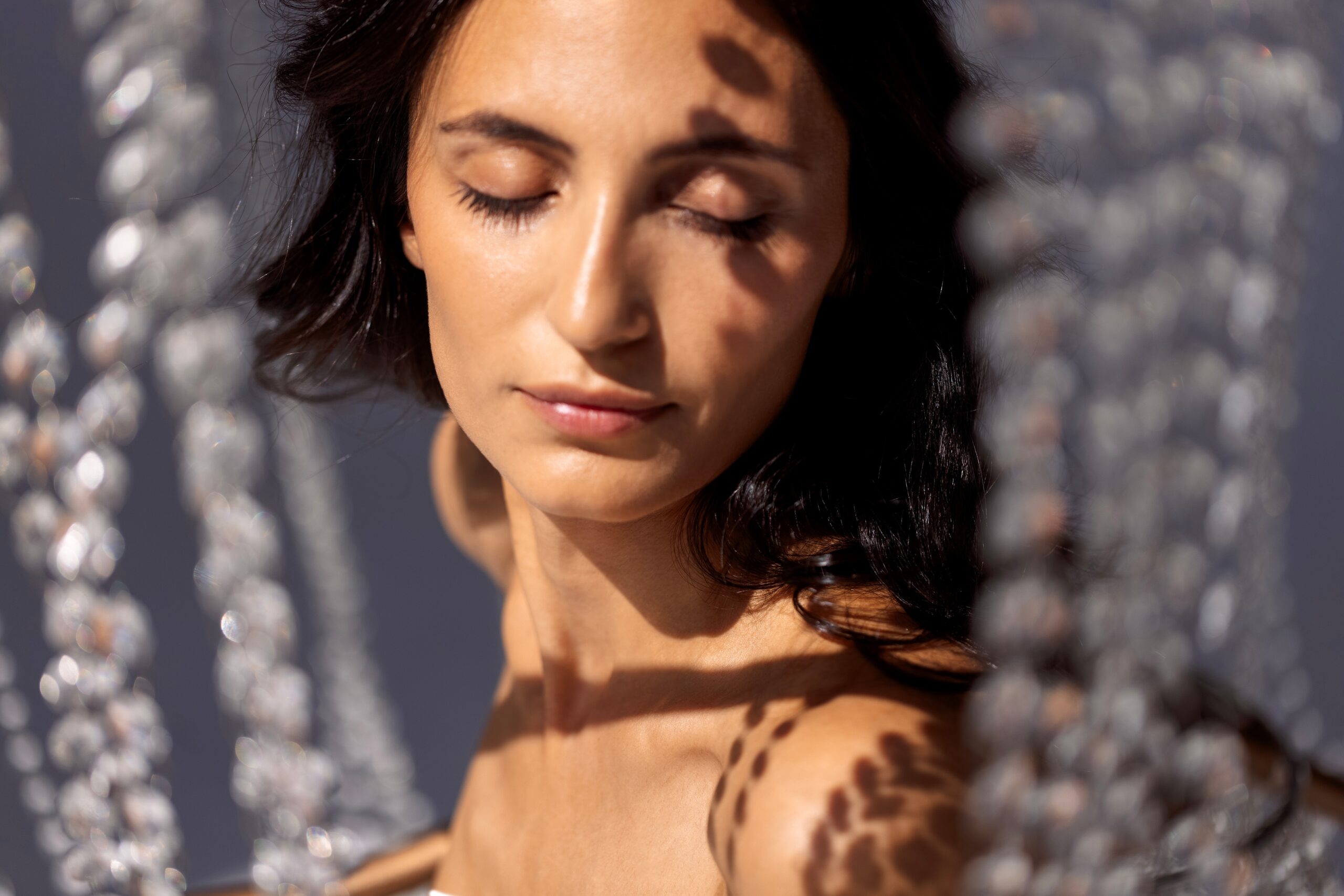Mindfulness is everywhere these days — on podcasts, apps, mugs, and TikTok. But what is it really? And how do you actually start without feeling like you’re doing it “wrong”? This guide is for the mindfulness-curious, the sceptical, and the overwhelmed. We’ll break down what mindfulness is (in real words), how to ease into it without awkwardness, and simple practices that fit into everyday life — no incense, meditation cushions or monk robes required.
Outline
- What Is Mindfulness (Without the Buzzwords)?
- Why Mindfulness Isn’t as Woo-Woo as You Think
- The Benefits (Backed by Science)
- 5 Simple Ways to Start Mindfulness (No Experience Needed)
- Tips to Stay Consistent Without Pressure
- Final Thoughts: You’re Not Doing It Wrong
What Is Mindfulness (Without the Buzzwords)?
Mindfulness is simply the act of being present — paying attention to what’s happening right now, without judgement.
It’s not about emptying your mind or sitting cross-legged on a mountain. It’s about:
- Noticing your thoughts as thoughts
- Being aware of your body, breath and surroundings
- Coming back to the moment when your brain wants to spiral
Mindfulness is like mental weightlifting — the more you practise, the easier it becomes to come back to the present.
Why Mindfulness Isn’t as Woo-Woo as You Think
You don’t need to chant, light candles or go vegan.
Mindfulness is for:
- People who overthink everything
- People who wake up tired even after sleeping
- People who want to feel more in control, not overwhelmed
- People who forget where they put their phone (twice)
It’s used by athletes, CEOs, teachers, and therapists — because it works. And yes, it’s totally okay if you find it a bit awkward at first.
The Benefits (Backed by Science)
Mindfulness isn’t just a wellness trend — it’s backed by research. Regular practice can:
✅ Reduce stress and anxiety
✅ Improve sleep
✅ Lower blood pressure
✅ Boost concentration
✅ Enhance emotional resilience
✅ Help with depression and chronic pain
✅ Improve relationships (you listen better when you’re actually present!)
Think of mindfulness as a daily mind-clean — a little reset for your nervous system.
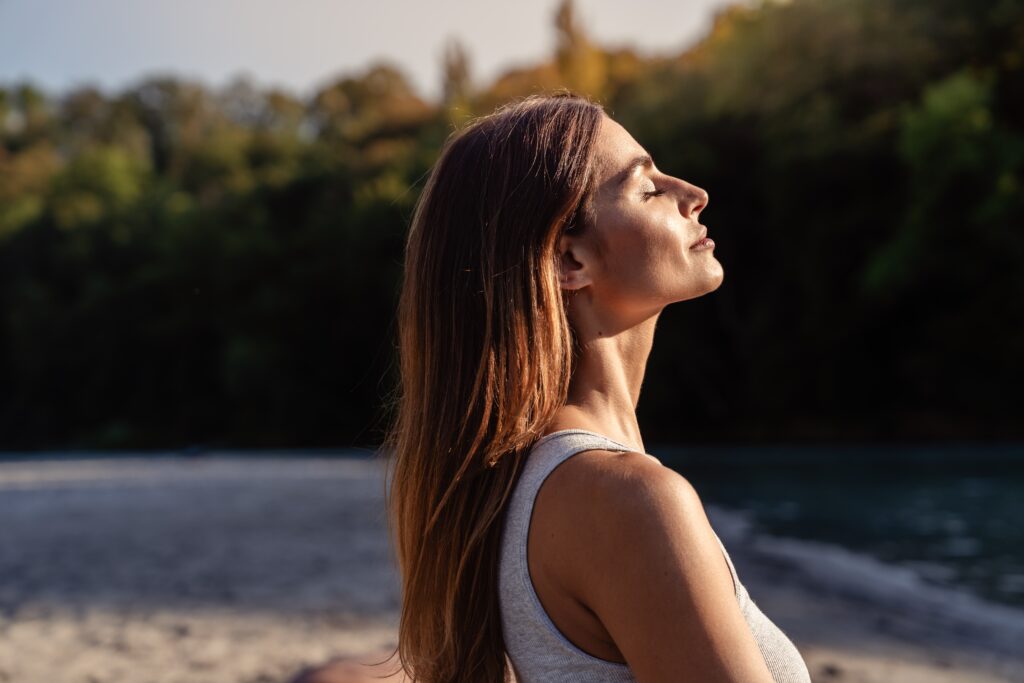
5 Simple Ways to Start Mindfulness (No Experience Needed)
You don’t need to meditate for an hour to be mindful. Here are realistic ways to begin:
1. The 3-Breath Reset
Wherever you are, pause and take:
- One slow inhale
- One slow exhale
- Two more just like it, paying attention to the sensation
You just did mindfulness. Really.
2. Mindful Cuppa
Next time you make tea or coffee, slow it down:
- Smell the aroma
- Feel the warmth
- Sip slowly
- Notice how it feels, tastes, smells
It’s mindfulness disguised as your morning ritual.
3. The Five Senses Check-In
Stop and ask yourself:
- What can I see?
- What can I hear?
- What can I feel?
- What can I smell?
- What can I taste?
This grounds you in the now and is great during anxious moments.
4. Mindful Walking
Whether you’re heading to the shop or walking the dog:
- Feel your feet touch the ground
- Notice your pace
- Observe the world without judgement
No headphones. Just you, moving through the world with awareness.
5. One-Minute Mindfulness
Set a timer for one minute.
Breathe. Feel your breath go in and out.
When your mind wanders, gently bring it back.
That’s it.
It’s like a micro-break for your mind.
Tips to Stay Consistent Without Pressure
You don’t have to do it perfectly.
Even 1–5 minutes a day helps.
Link it to a habit (after brushing teeth, before bed).
Try journalling a sentence about how it felt — it builds awareness.
Use beginner-friendly apps like Headspace, Calm, or Insight Timer
Find a “mindfulness buddy” and check in weekly.
✨ Think “practice”, not “performance”. There’s no right way — just your way.
Final Thoughts: You’re Not Doing It Wrong
Mindfulness isn’t about clearing your mind or being Zen all the time. It’s about noticing. Returning. Being kind to yourself when your brain is messy — because guess what? Everyone’s brain is messy.
💬 If you’re trying — you’re doing it right.
So whether it’s a mindful breath, a walk without your phone, or a few quiet minutes with your morning brew — you’re showing up for yourself. And that’s more than enough.


